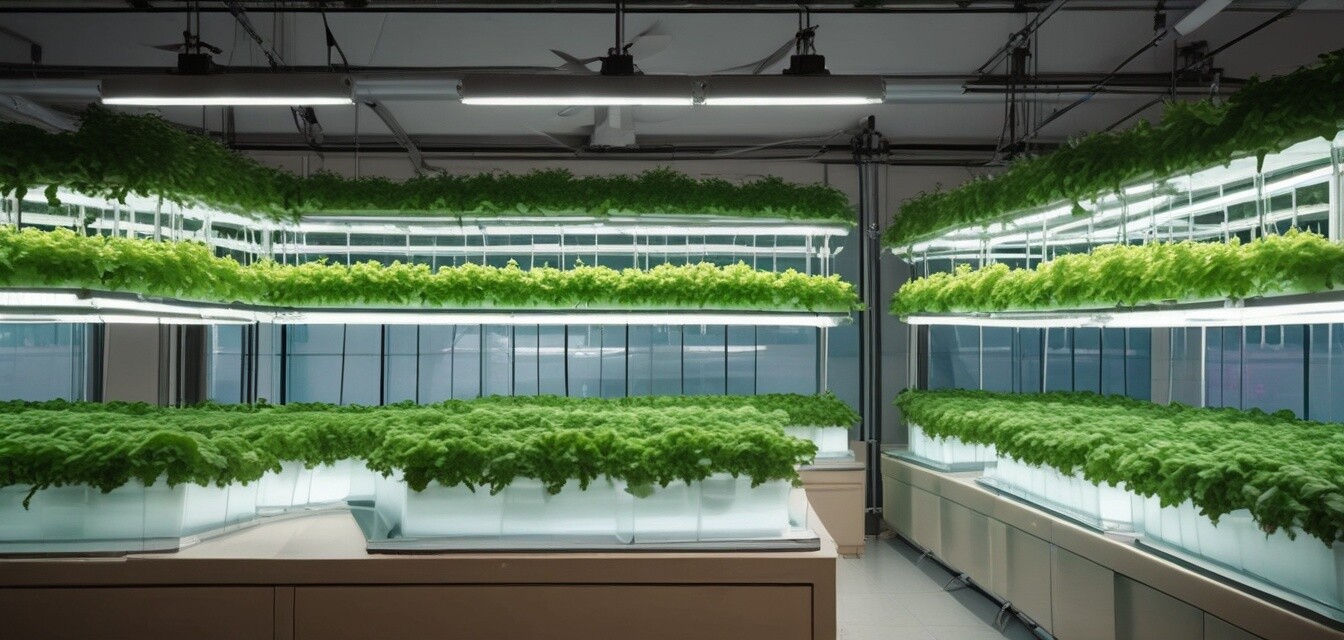
The Ultimate Hydroponic Gardener's Handbook
Key Takeaways
- Understanding different hydroponic systems is crucial for success.
- Choosing the right nutrients and monitoring pH levels are vital for plant health.
- Light quality and timing significantly affect plant growth.
- Regular maintenance and monitoring of systems ensure optimal performance.
- Various plants thrive in hydroponic setups; select based on your preferences and climate.
Welcome to your comprehensive guide on hydroponic gardening! Whether you are a seasoned gardener or just starting out, this handbook is designed for you. We will explore everything from different hydroponic systems to the best plants to grow in a soilless environment. Hydroponic gardening not only revolutionizes how we grow plants but also allows for efficient use of space and resources.
What is Hydroponic Gardening?
Hydroponic gardening is an innovative approach where plants grow in nutrient-rich water rather than soil. This method offers several advantages, including faster growth rates, higher yields, and reduced water usage compared to traditional gardening. As urban agriculture grows in popularity, hydroponics has emerged as a practical solution for large-scale production and home gardening.
Types of Hydroponic Systems
When it comes to hydroponics, there are several systems to choose from. Each system has its own advantages and is suitable for different kinds of plants and environments. Below is a comparison table highlighting some common hydroponic systems:
| Hydroponic System | Description | Best For |
|---|---|---|
| Deep Water Culture (DWC) | Plants are suspended in a nutrient-rich solution with an air pump supplying oxygen. | Lettuce, herbs, and similar plants. |
| Nutrient Film Technique (NFT) | A thin film of nutrient solution flows over plant roots, providing nutrients and oxygen. | Greens and herbs that grow quickly. |
| Drip Systems | Drip nutrient solution directly onto the root zone of each plant for efficient feeding. | Versatile plants like tomatoes and cucumbers. |
| Ebb and Flow | Nutrient solution floods the plant tray and then drains back into a reservoir. | Variety of crops including larger plants. |
| Wicking Systems | Uses a wick to draw nutrient solution from a reservoir to the growing medium. | Herbs and small plants. |
Essential Equipment and Supplies
To kick-start your hydroponic adventure, you'll need certain essential equipment and supplies. Here’s a quick rundown:
- Hydroponic System: Choose the one that best suits your space and plant choice.
- Grow Lights: Essential for indoor gardening to simulate sunlight.
- Nutrient Solutions: Specifically formulated nutrients to replace those found in soil.
- Monitoring & Sensors: Devices to track pH, moisture, and nutrient levels for optimal growth.
- Pumps and Aeration: To provide oxygen and ensure circulation in your system.
Choosing the Right Plants for Hydroponics
When selecting plants for your hydroponic garden, consider those that thrive without soil. Here are some of the most popular choices:
- Lettuce
- Herbs (basil, mint, cilantro)
- Strawberries
- Peppers
- Tomatoes
Best Practices for Hydroponic Gardening
To achieve the best results from your hydroponic system, follow these practices:
- Regularly monitor pH and nutrient levels.
- Ensure proper lighting conditions for your selected plants.
- Maintain cleanliness in your system to prevent pests and diseases.
- Provide adequate ventilation and air circulation.
- Be observant of plant growth and adjust nutrient solutions as needed.
Pros
- Faster plant growth and higher yields.
- Efficient use of water and resources.
- Year-round gardening regardless of outdoor conditions.
Cons
- Requires initial investment in equipment.
- Complex setup for beginners.
- Regular monitoring and maintenance are necessary.
Maintenance and Monitoring
Proper maintenance and monitoring of your hydroponic system are crucial for the health of your plants. Here are some tips:
Beginners Section
- Start small to get a feel for the system before scaling up.
- Research specific needs of the plants you choose.
- Keep a log of your system's pH and nutrient levels to track changes over time.
- Utilize online resources and communities for support and advice.
Conclusion
Hydroponic gardening is an exciting and efficient way to grow plants without soil. By understanding the different systems, equipment, and best practices, you can set up a successful hydroponic garden that meets your needs. For further guidance, be sure to explore our buying guides for deeper insights into selecting the right equipment and nutrients tailored to your gardening journey.
Ready to get started? Make sure to check our selection of hydroponic systems, nutrient solutions, and grow lights to kick off your hydroponic gardening today!

